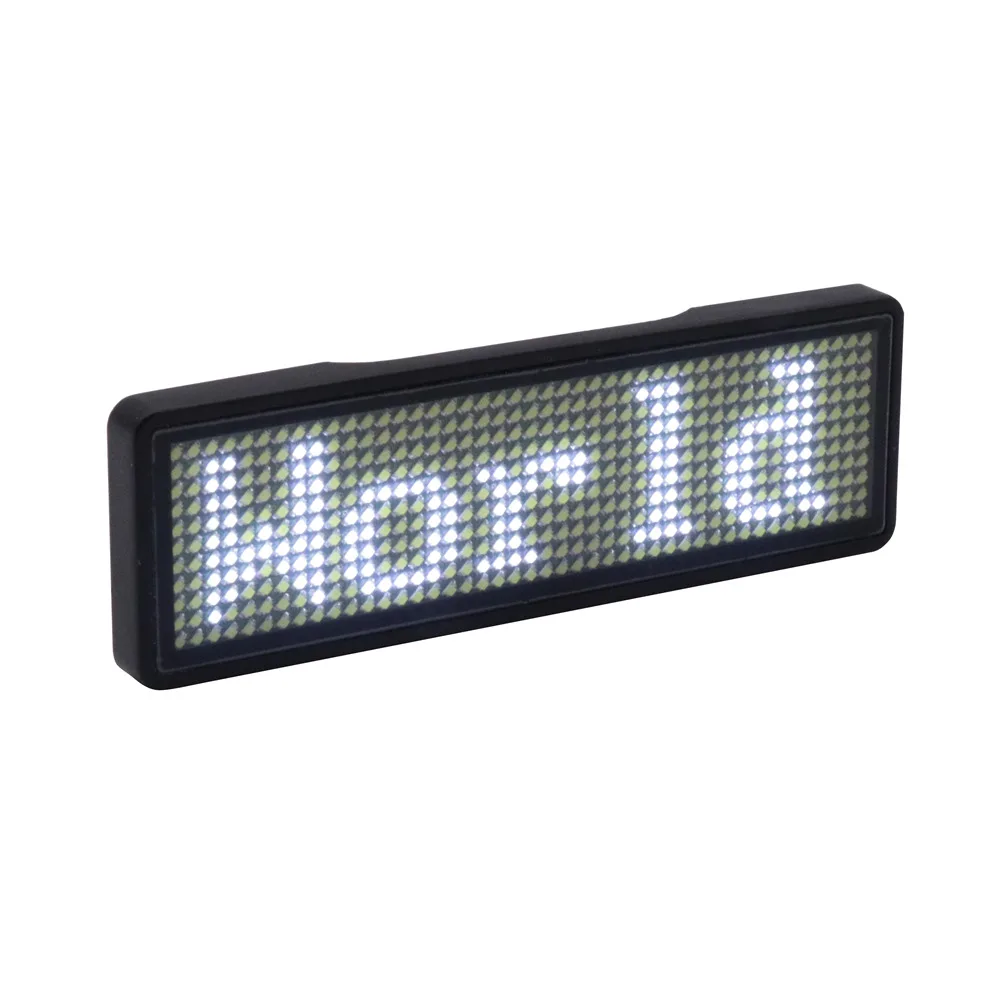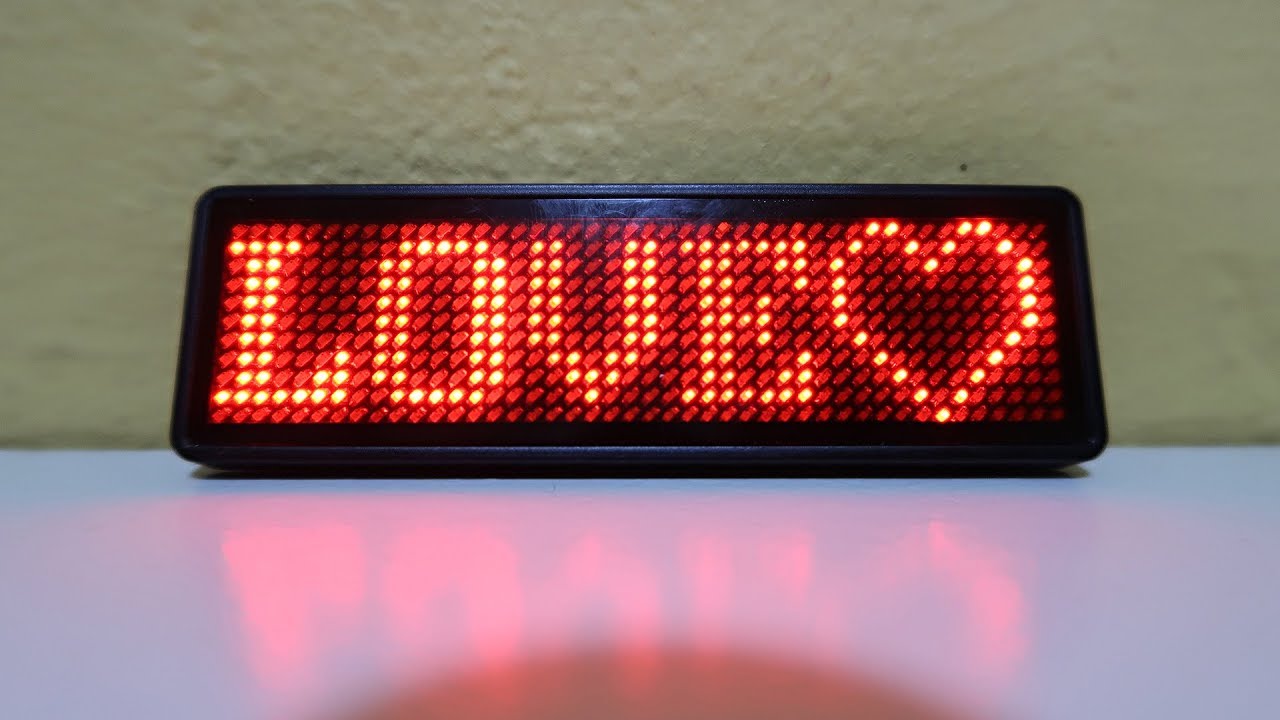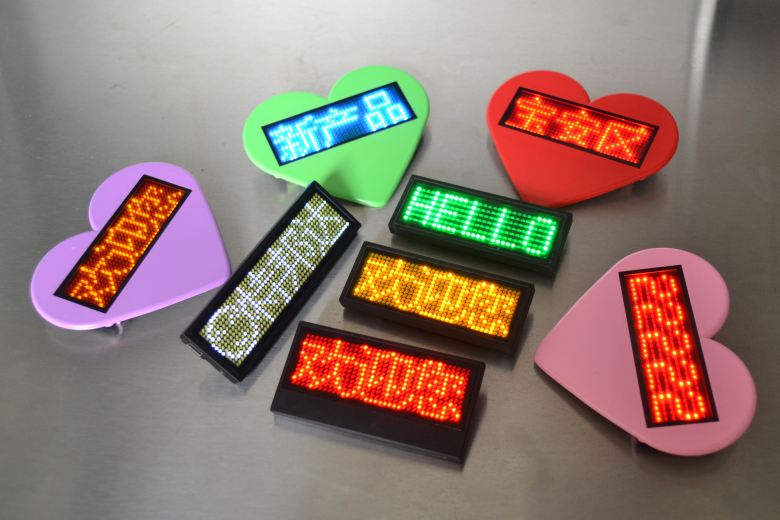



Linux can run in the host, or in the peripheral. The USB hardware is asymmetric, which makes it easier to set up: you can't connect a "to-the-host" connector to a peripheral.

(on/off/module) Support for USB Gadgets USB is a master/slave protocol, organized with one master host (such as a PC) controlling up to 127 peripheral devices.With help from a special transceiver and a "Mini-AB" jack, systems with both kinds of controller can also support "USB On-the-Go" (CONFIG_USB_OTG). Some systems have both kinds of of controller. Peripherals (like PDAs) need CONFIG_USB_GADGET (with "B" jacks). NOTE: Gadget support ** DOES NOT ** depend on host-side CONFIG_USB !! - Host systems (like PCs) need CONFIG_USB (with "A" jacks). USB Gadget support on a system involves (a) a peripheral controller, and (b) the gadget driver using it. Howto configure the Linux kernel / drivers / usb / gadget


 0 kommentar(er)
0 kommentar(er)
